Specifications
- Material
- Fire-Resistant Fiberglass: Most fire blankets are made from high-quality fiberglass or aramid fiber (such as Kevlar), which provides excellent heat resistance and durability.
- Thermal Insulation: The material used is designed to resist temperatures up to 500°C (932°F) or more, depending on the type of fire blanket.
- Coatings: Some fire blankets are coated with a fire retardant silicone or polyurethane layer to enhance their effectiveness and durability.
- Size and Coverage
- Common sizes range from 1.2 meters x 1.2 meters to 2 meters x 2 meters, providing varying coverage depending on the intended use.
- Compact Design: Fire blankets are lightweight and easy to store in small pouches or boxes, making them convenient for quick access.
- Wide Coverage: The blanket is designed to fully cover a fire, smothering the flames by depriving them of oxygen.
- Application
- Cooking Fires: Ideal for extinguishing small grease fires or flames in kitchen settings.
- Clothing Fires: Can be used to wrap around a person whose clothing has caught fire.
- Laboratories & Workshops: Suitable for extinguishing small fires caused by flammable liquids or equipment.
- Outdoors: Used in camping or outdoor activities to handle small cooking fires or emergency situations.
- Design Features
- Easy Deployment: Typically stored in a small, accessible pouch or container, with clear instructions on how to deploy the blanket quickly.
- Non-Toxic and Safe: Made from non-toxic materials that are safe to use around food or in emergency situations.
- Durable and Reusable: Many fire blankets are designed to be reusable, depending on the extent of the fire, although single-use models are also available for high-risk areas.
- Easy to Clean: Fire-resistant blankets are easy to clean with mild detergents, ensuring their reliability after use.
- Storage and Mounting
- Wall-Mounted Containers: Many fire blankets come with a wall-mounted case or bracket, allowing for quick access in emergencies.
- Compact and Portable: Due to their lightweight and compact design, fire blankets can be stored in kitchens, vehicles, or other high-risk areas.
- Compliance and Certification
- British Standard (BS 6575): Fire blankets should meet BS 6575 or similar national standards for quality and performance.
- CE Marking: Many fire blankets in the European market are CE marked, indicating they meet European health, safety, and environmental requirements.
- NFPA Compliance: In the U.S., fire blankets should meet NFPA 701 for flame-resistant textiles.
- Safety Features
- Non-Flammable: The fire blanket is made from non-combustible materials, ensuring it will not catch fire when exposed to flames.
- Easy to Handle: Fire blankets are typically lightweight and can be handled easily by anyone in an emergency situation.
- Quick Response: The design allows for immediate deployment to stop the spread of fire quickly.
- No Residue: Unlike some fire extinguishers, fire blankets leave no residue, making them ideal for use in food-related areas.
- Temperature Resistance
- Fire blankets can withstand high temperatures, generally rated to resist up to 500°C (932°F) for a short period of time, with some models offering higher resistance.


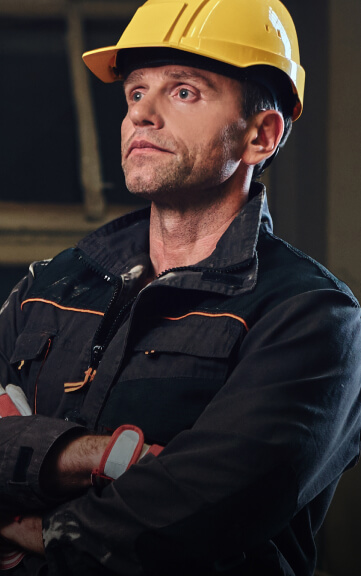
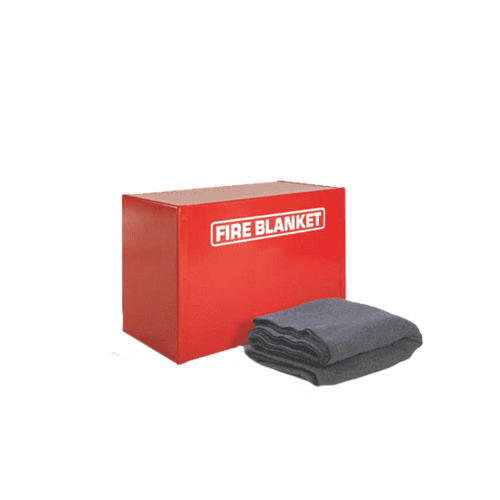
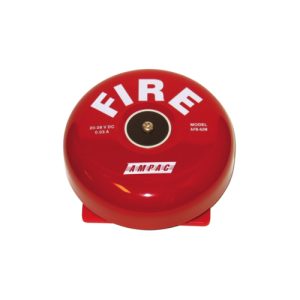
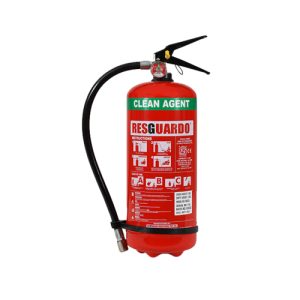
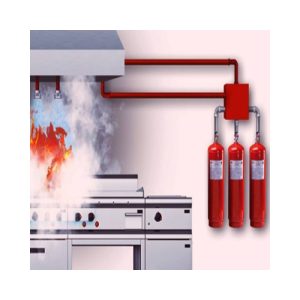
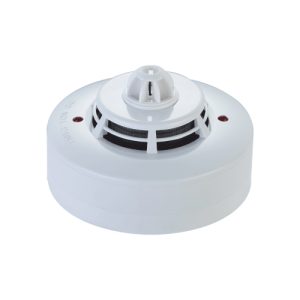
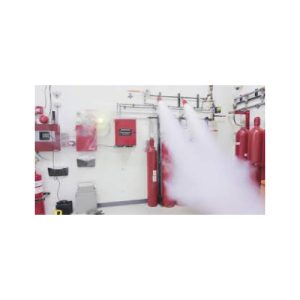
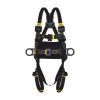
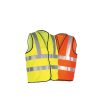
Reviews
There are no reviews yet.